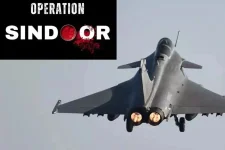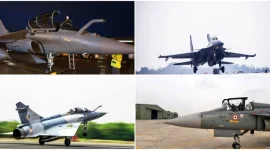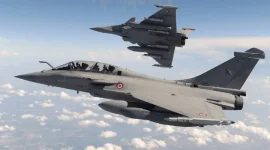- Views: 2K
- Replies: 34

The Mirage 2000, a venerable workhorse of the skies, is facing its twilight years as several air forces transition to more advanced platforms. India, with its existing Mirage 2000 fleet and recent Rafale acquisition, finds itself at a crossroads – should it acquire these secondhand jets, or is it becoming a dumping ground for outdated technology?
The Mirage 2000, developed by Dassault Aviation, has been a mainstay in numerous air forces since the 1970s, known for its performance, maneuverability, and adaptability. However, as countries like Greece, Qatar, and the UAE upgrade their fleets with 5th generation fighters, they are seeking to offload their aging Mirage 2000s.
Greece, having recently acquired Rafales, is offering its nearly worn-out Mirage 2000-5s to India, primarily for spare parts. Qatar, also a Rafale operator, is looking to sell its 12 Mirage 2000-5s with significant service life remaining, after failing to secure a deal with Indonesia. The UAE, with its focus on modernization and acquisition of Rafales and potential involvement in the KF-21 program, is also set to phase out its Mirage 2000-9s by 2030.
India, with its existing Mirage 2000 fleet and plans to operate them until 2035, is seen as a potential buyer. While this could be perceived as India becoming a "dumping ground," there are strategic advantages to consider. Acquiring these aircraft could allow India to extend the operational life of its Mirage 2000 fleet, bridging the gap until newer acquisitions and upgrades are ready.
However, the potential downsides include the cost of maintenance and upgrades for aging aircraft, as well as the risk of becoming reliant on outdated technology. India must carefully weigh the benefits against the potential drawbacks before making a decision on these offers.
The Mirage 2000's legacy is undeniable, but its future is uncertain. As air forces modernize, India must decide whether to extend the life of this iconic jet or embrace the next generation of aerial warfare.





